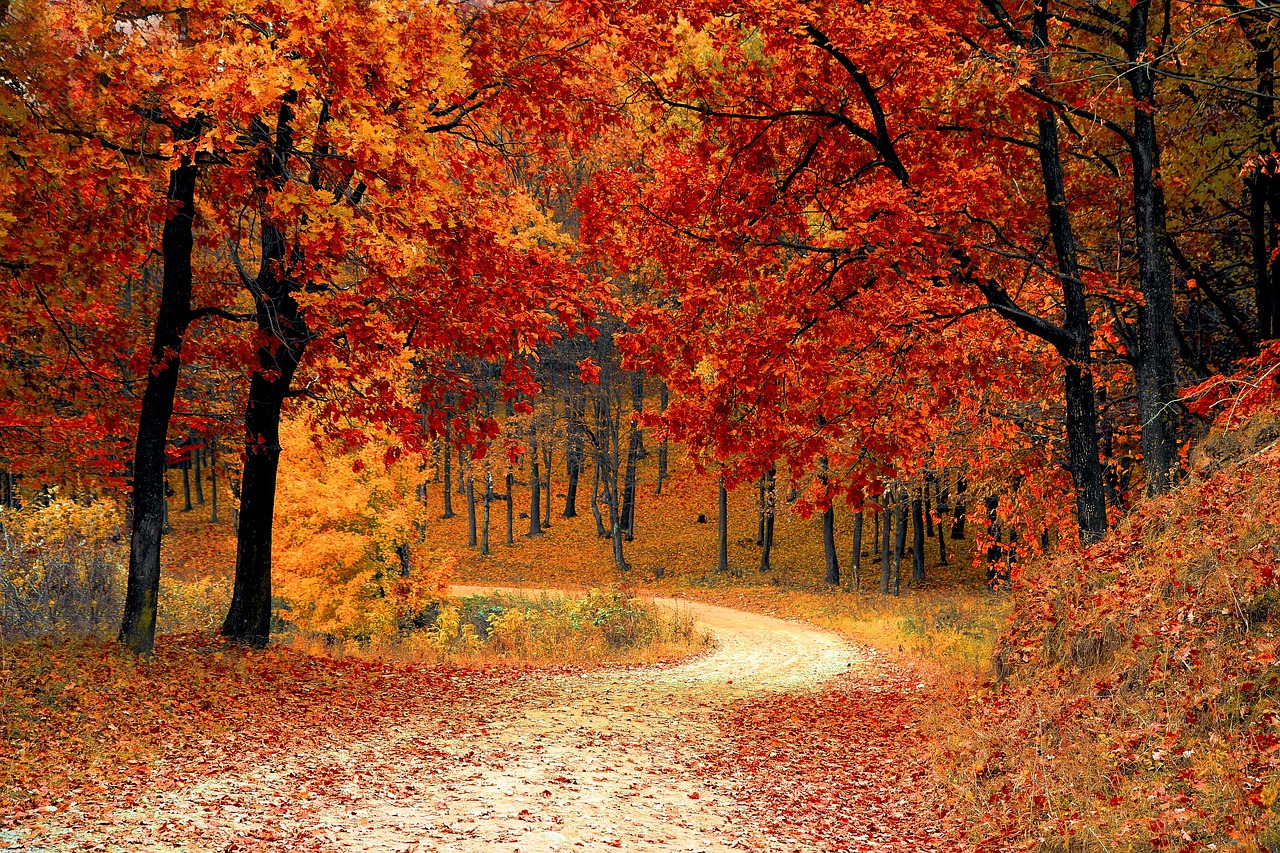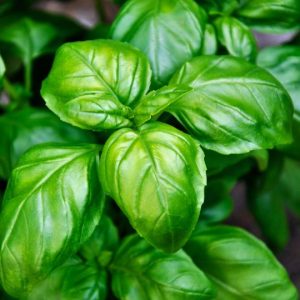If you take a walk in the woods in autumn, you almost cannot believe your eyes so beautiful and colorful are all the trees. In autumn, the green leaves of deciduous trees change to red, orange and yellow. Why do leaves change color in autumn? Read how a tree prepares for colder weather and takes on beautiful fall colors.
Different dyes in leaves
In spring and summer, the chlorophyll in leaves converts sunlight into oxygen and sugars. However, it is not the only dye in leaves. Leaves also contain in smaller amounts the dyes yellow and orange, which also help convert sunlight into sugars. Since green is the main dye, it is the most visible. Thus, trees are green to our eyes.
When and why do leaves discolor
Leaf green is expensive to make, so why do leaves discolor? When trees prepare for fall and winter they break down the leaf green. They do this because it costs them a lot to produce the chlorophyll. So it is more efficient to stop this process when autumn arrives. As the green breaks down, orange and yellow become more visible in the leaves. As the green in the leaves disappears, yellow and orange become more visible.

What about red leaves?
Leaves turn red because trees produce special substances in autumn that protect the tree from cold and sunshine. These substances also cause leaves to turn red. Especially certain weather conditions like cold (not below zero) and a lot of rain make trees produce this substance a lot. At the end of autumn, trees drop their leaves.
Do you also love nature? Then take a quick look at all our outdoor activities.



















